5 Essential Butterfly Photography Tips
Updated: Oct. 18, 2023
With patience and the right timing, you can take amazing pictures of butterflies with any camera. Get top tips for butterfly photography.
Working in a butterfly garden and free-flight exhibit gives me daily chances for butterfly photos, and I’ve taken hundreds (if not thousands) of images. Along the way, I’ve developed a few pointers that work for just about anyone, even if you have a simple camera. Here are a few of my best butterfly photography tips.
Did you know butterflies can be amusing? Don’t miss these funny butterfly pictures.
1. DO Take a Lot of Pictures
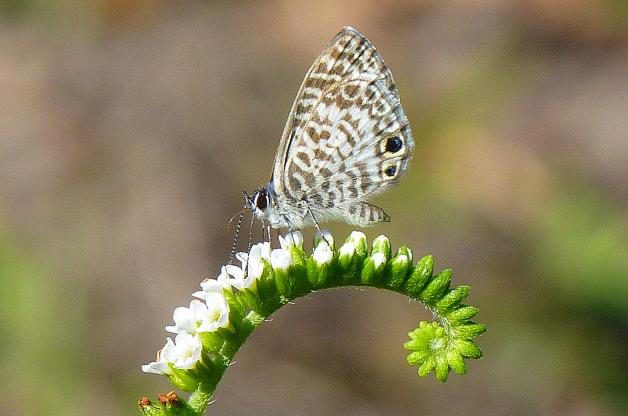
- The great thing about digital cameras is that you can take all the pictures you want without worrying about wasting film. I often find that for every one good picture I take, I wind up discarding dozens, if not more.
- When you find a butterfly you want to photograph, keep taking pictures until it flies away. This gives you the best odds of having at least one good image. If you have a “Continuous” or “Burst” mode on your camera, use it. In this mode, when you hold down the button, the camera will take a series of pictures (the number and speed varies by camera). I took nearly 100 shots of this cassius blue butterfly (above), but this one great photo was worth it.
Discover 7 small butterflies you should never overlook.
2. DO Start From Far Away
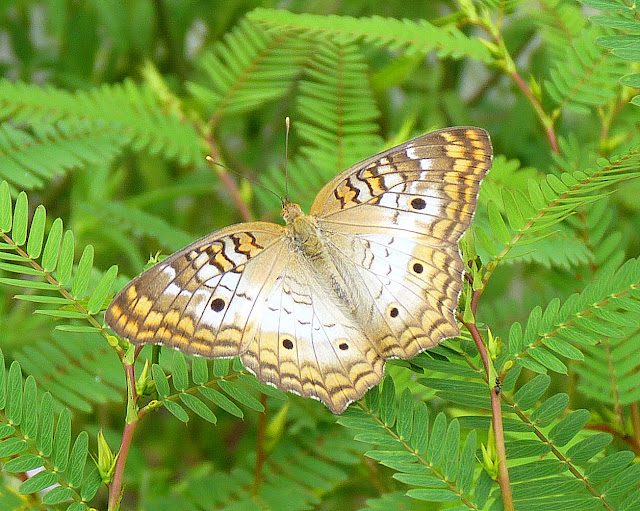
- Like all wildlife, butterflies are easily spooked. Some of my best butterfly pictures are actually from several feet or even yards away, because the butterfly was unaware of me and simply going about its business. You can always crop and zoom your photos later in an editing program. I took this photo of a white peacock (above) from about 15 feet away with my zoom lens and later cropped it.
- Start from far away and use your zoom lens to get your first set of pictures. Slowly move a few steps closer and take another set, and then a few steps closer, and so on.
Learn everything you need to know about swallowtail butterflies.
3. DO Use Your Camera Settings to Your Advantage
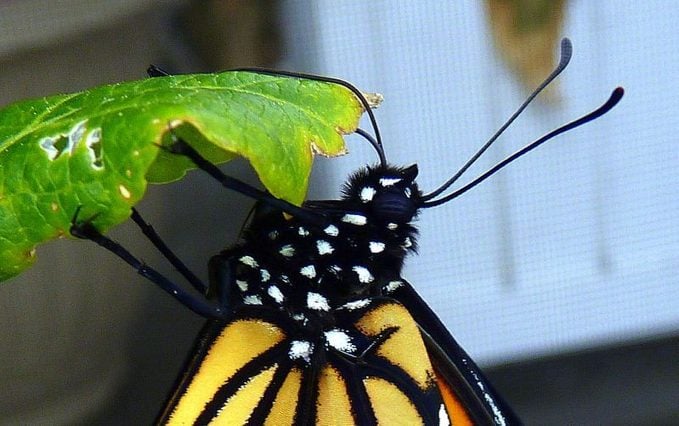
- You don’t have to have a fancy camera to take good butterfly pictures. My camera is not a professional level camera, or even a DSLR, and I almost always use automatic focus instead of manual.
- Even simple digital cameras and even cell phone cameras these days have a “Macro” mode, which often looks like a tiny flower on the settings. This mode allows your camera to automatically focus on the object close to it, often within just a couple of inches. If you’re able to get close, be sure to switch to this mode for butterfly photography. When this monarch allowed me to walk right up to it, I switched to Macro and took some great detail shots.
- Another useful setting is “Action” (or something similar), which lets your camera focus on objects in motion. Some butterflies hold still while they feed, but others never seem to rest at all; using action mode can help make your picture more defined.
These pretty pictures will change the way you look at moths.
4. DO Butterfly Photography in the Early Morning or Late Afternoon
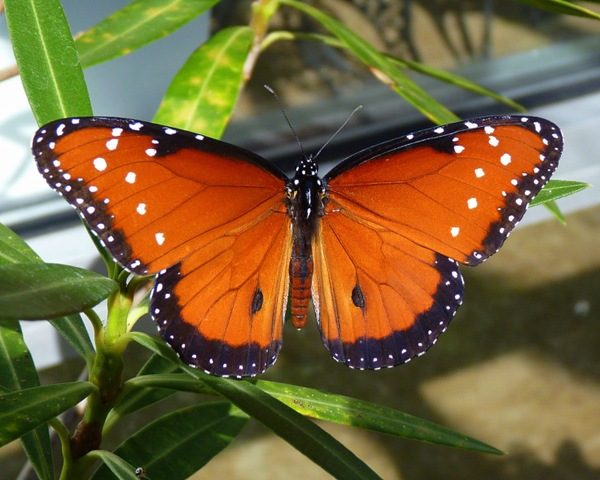
- Butterflies rest at night, and don’t begin to stir in the morning until the sun comes up. If you catch them while they’re warming up for the day, you’ll usually find them with their wings open to catch the sun’s rays—these are great photo opportunities. This queen butterfly (above) was basking in the sun on a cool winter morning here in Florida.
- By late afternoon, when temperatures are high, butterflies may seek a quiet spot to rest. This is another good time to capture them. Resting butterflies generally hang upside-down with their wings closed—making this a great time to photograph the underside of their wings.
DON’T Touch or Try to Manipulate the Butterfly
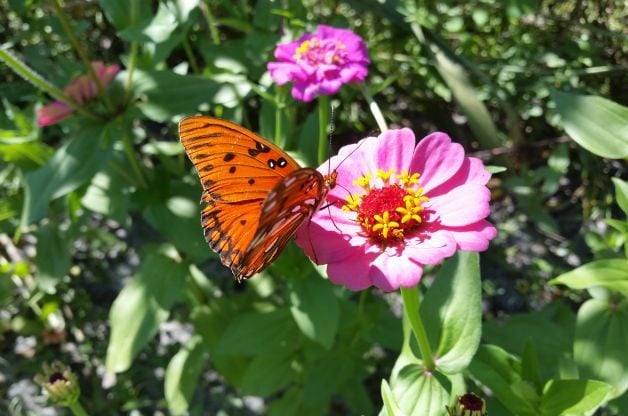
Butterflies are fragile, and your fingers can easily damage them. Don’t poke the butterfly to try to make it open its wings, or fly to a better position. Be a responsible nature photographer. Capture what you see, not what you want to see.
While my photos are not as good as those that professionals take with advanced equipment and training, I feel pretty proud of them. Try these tips out, no matter what type of camera you have, and see if they help your butterfly photography, too.
Next, check out these must-see pictures of monarch butterflies.
